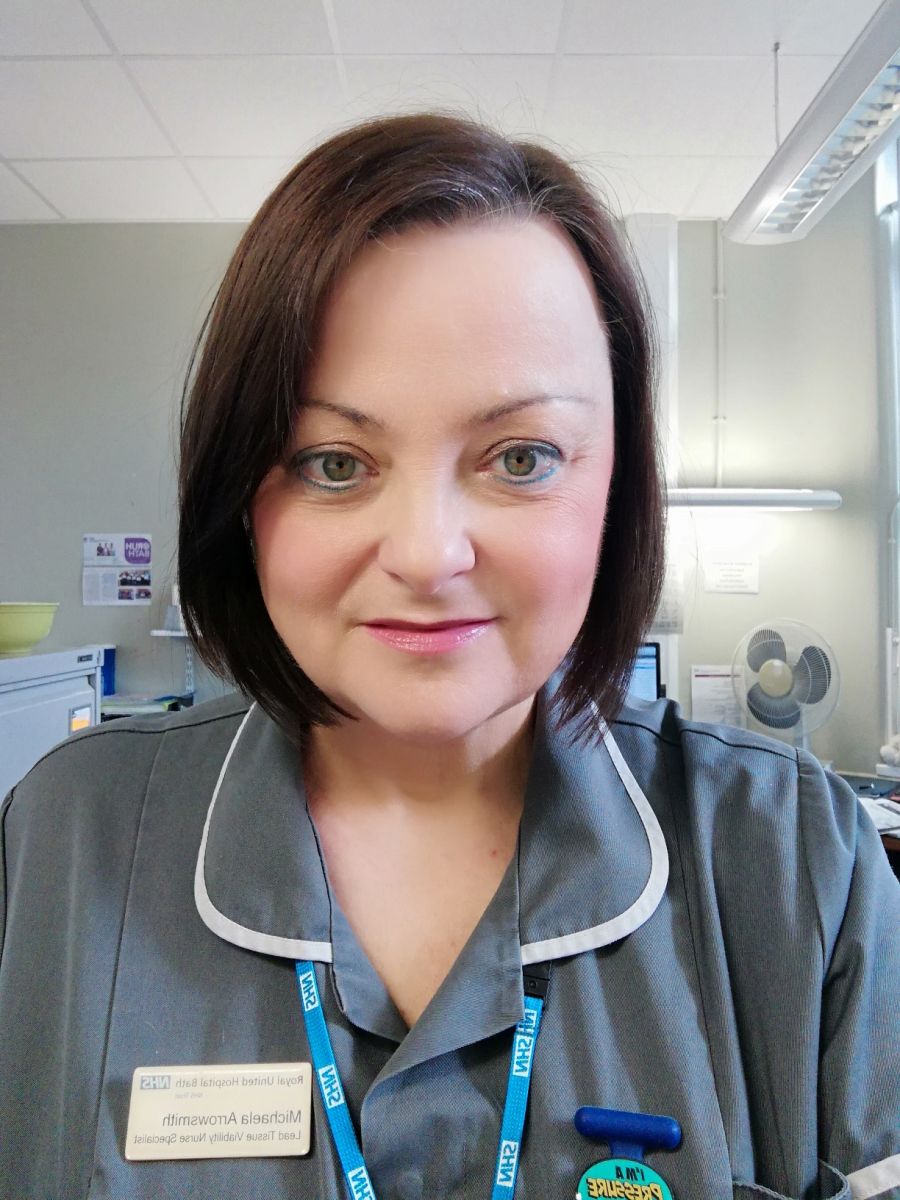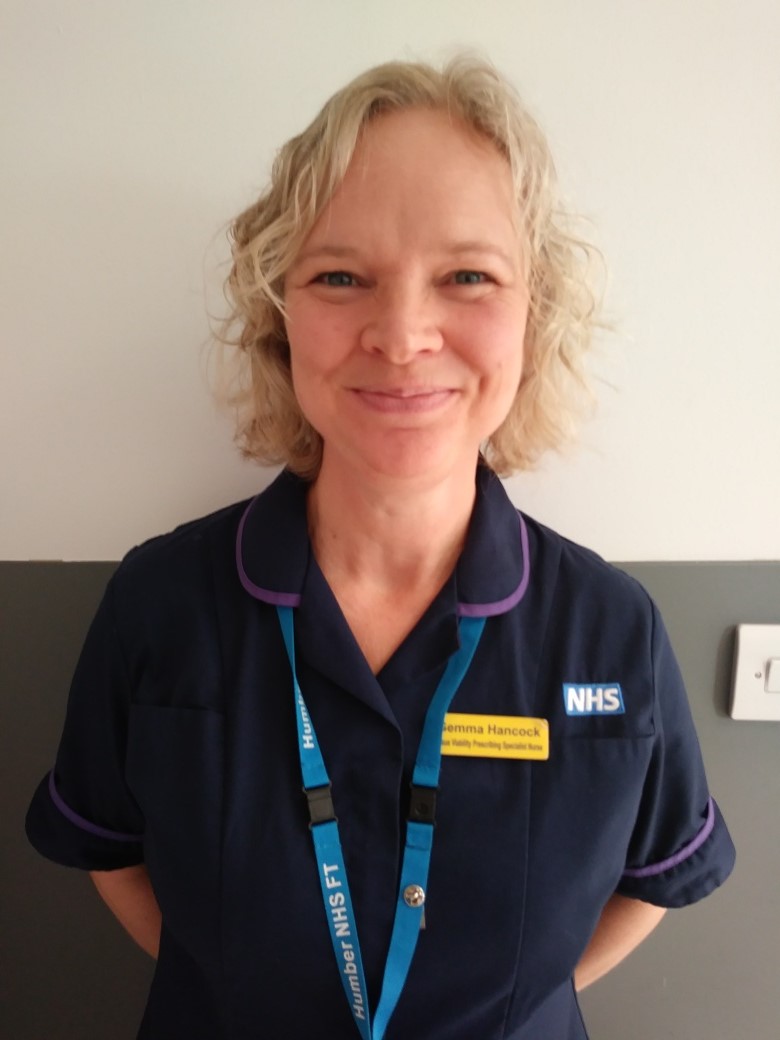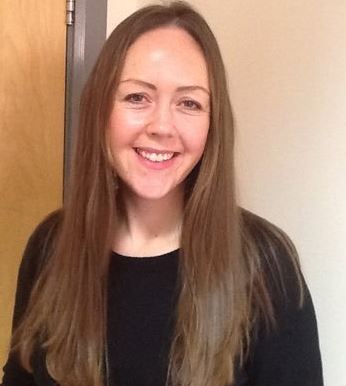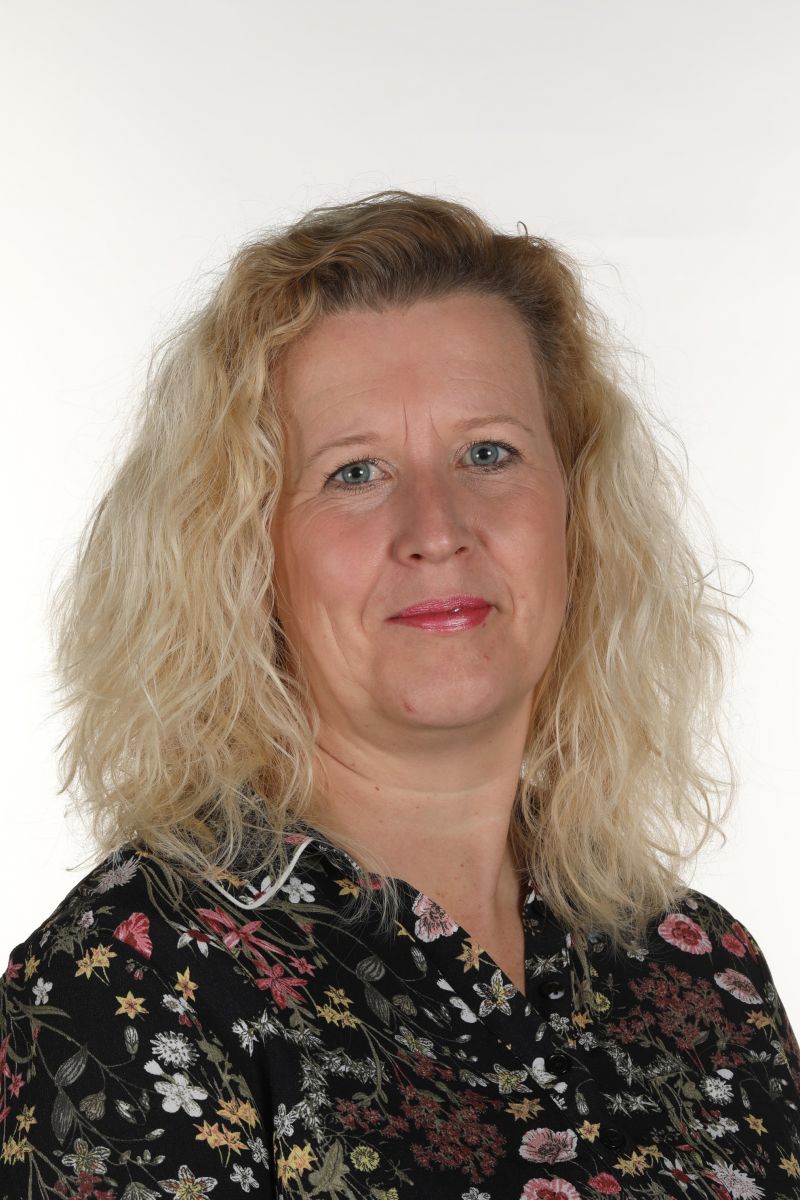A recently published paper in the journal Bioethical Inquiry by Sharp et al (2019) posed the provocative question in its headline ‘Two hourly repositioning for prevention of pressure ulcers in the elderly. Patient safety or elder abuse?’
Sharp et al (2019) asked why, despite the repositioning of 80 older patients aged 65 years and over at a frequency of every two hours for 24 hours, seven days a week, did pressure ulcers still develop in this patient group living within aged care facilities in Australia?
Sharp et al (2019) asked why, despite the repositioning of 80 older patients aged 65 years and over at a frequency of every two hours for 24 hours, seven days a week, did pressure ulcers still develop in this patient group living within aged care facilities in Australia?
Sharp et al (2019) analysed the individual medical records of a randomly selected cohort to determine their risk of pressure ulceration, the use of two-hourly repositioning and the percentage of patients that developed pressure ulceration in the last weeks of life.
Of the residents, 91% were identified as being at risk, and despite repositioning as described above, 34% of patients died with one or more pressure ulcers. Some patients, including those with dementia, were reported as being physically or medically restrained if necessary to prevent harm to themselves or others.
Of the residents, 91% were identified as being at risk, and despite repositioning as described above, 34% of patients died with one or more pressure ulcers. Some patients, including those with dementia, were reported as being physically or medically restrained if necessary to prevent harm to themselves or others.
The authors concluded that not only did two-hourly repositioning fail to prevent pressure development in a third of at-risk residents, but the action of repositioning and the use of restraints may breach the human rights of the patients. They stated that repositioning could be considered as unintentional institutional abuse that results in severe sleep deprivation rather than a preventative safety practice and concluded that repositioning is poor practice. Instead, they recommended that every resident should be provided with an alternating pressure air mattress as an alternative.
So, did you agree with the authors? Here some of you have your say.
REFLECTIONS
 I have been a nurse for almost 35 years, 18 of them as a TVN. I have seen little change in the guidance for pressure ulcer prevention over the years.
I have been a nurse for almost 35 years, 18 of them as a TVN. I have seen little change in the guidance for pressure ulcer prevention over the years.In the 1980s two hourly turning was part of the back-round and was performed religiously for those patients thought to be at risk of developing pressure ulcers. The advent of individualised patient care then meant we were supposed to use our clinical judgement. Ritualistic nursing practices were thought to be outdated. During these years – did we see a rise in pressure ulcers? We are unable to answer this as few people were collecting that data.
In the past few years we seem to be going back to more ritualistic practices with the advent of fewer Registered Nurses on the wards and more health care assistants to do the bulk of the personal care. In my hospital we expect our patients who are at risk to be moved every 2–3 hours in the day and 2–4 hours at night. What we depend upon though is sound clinical judgement, careful skin assessment for any skin changes indicating the need for more frequent changes of position and the provision of equipment to aid with pressure reduction and redistribution. Our pressure ulcer incidence remains low due in part to this approach.
We know a patient can show signs of skin damage after only half an hour if they have multiple pathologies, are immobile and malnourished.
We also know that the provision of an alternating air mattress is not the answer alone which appears to be what this study is recommending. My concern would be if we relied on air mattresses to do the job of a nurse, would we not get more chest infections and complaints of pain because we are not physically moving our patients? Sleep deprivation can also come from lying on an air mattress – one size does not fit all.
The holistic assessment of the patient and their needs has been our mantra for many years now and yes we still have patients developing pressure ulcers but in my hospital they are fewer than ever due to our robust prevention approach – which includes patient-centred repositioning and common sense.
We also know that the provision of an alternating air mattress is not the answer alone which appears to be what this study is recommending. My concern would be if we relied on air mattresses to do the job of a nurse, would we not get more chest infections and complaints of pain because we are not physically moving our patients? Sleep deprivation can also come from lying on an air mattress – one size does not fit all.
The holistic assessment of the patient and their needs has been our mantra for many years now and yes we still have patients developing pressure ulcers but in my hospital they are fewer than ever due to our robust prevention approach – which includes patient-centred repositioning and common sense.
This study will open the floodgates for discussion among professionals – as it should – however when a claimant brings a case for pressure ulcers through the legal system – it is expected that they will have been provided with both an air mattress at an early stage and regular and consistent changes of position and until we have more robust evidence against these practices my hospital for one will continue to promote frequent changes of position.
Michaela Arrowsmith
Michaela Arrowsmith
Lead Nurse Tissue Viability, Bath Royal United Hospitals NHS Foundation Trust
 This attention-seeking headline has certainly caused a stir yet when you read it, the shock element is that this study was looking at the differences in the frequency of pressure ulcers in residents with dementia alongside the use the use of chemical or physical restraints for behaviours of concern. This it very misleading as this large area of discussion is not mentioned in its striking title. Instead it leaves the reader questioning the link between restraints and pressure ulcer development.
This attention-seeking headline has certainly caused a stir yet when you read it, the shock element is that this study was looking at the differences in the frequency of pressure ulcers in residents with dementia alongside the use the use of chemical or physical restraints for behaviours of concern. This it very misleading as this large area of discussion is not mentioned in its striking title. Instead it leaves the reader questioning the link between restraints and pressure ulcer development.Is two-hourly positioning actually being done? In the real world I have rarely seen this clockwork practice
It is fascinating that judgements were made by looking at sets of notes one week before death defining immobility as the only risk factor for a pressure ulcer, yet virtually ignoring the multiple intrinsic and extrinsic factors which contribute to the individual’s risk for pressure ulcer development. The skin as an organ is likely to be failing alongside the other organs in the body at the end of life and this is not acknowledged. Only 5 out of the 80 residents had alternating pressure air mattresses which is also of interest.
Further, residents who were repositioned 2 hourly 24/7 during the last weeks of life were found to have been uncooperative, ‘very sleepy this morning’, ‘too tired to join in with activities’ and ‘won’t walk with physio’, implying these behaviours are due to the two-hourly repositioning, rather than the fact that these residents were declining in health and approaching the end of their life and as a result likely to be tired.
It feels as though task-orientated care has been normalised rather than the recommended individualised care following a full holistic assessment. Pressure ulcer prevention and management Nice Guideline 2014 states a balance needs to be achieved with the individual’s need for sleep, pain relief, meal times and rehabilitation for those who are at risk or have developed a pressure ulcer. This is essential care that deserves careful consideration for each patient.
Gemma Hancock
Gemma Hancock
Tissue Viability Nurse Specialist, Humber NHS Foundation Trust
I absolutely concur with the recommendations that advocate that 24/7 re-positioning should cease and that service providers should be held accountable for educating their registered nurses and care staff on health and human rights. As a nurse who prides myself on being courageous and compassionate, these are the reasons why:
 Pressure ulcer risk screening tools and clinical guidelines that advocate two hourly turns are an effective guide to minimise risk in many clinical situations where patients are at risk of harm from pressure damage.
Pressure ulcer risk screening tools and clinical guidelines that advocate two hourly turns are an effective guide to minimise risk in many clinical situations where patients are at risk of harm from pressure damage.However, as professional nurses sometimes it is important to remember that guidelines are just that; they are there to guide, not to be adhered to inflexibly without incorporation of our own nursing assessment and expert care planning, and they are certainly not the law. Sometimes using our clinical experience and judgement means that guidelines may not or should not be adhered to. This is particularly the case at the end of life when frequently a common sense approach should be employed.
An example of when this approach is successfully employed is when a patient is in the last days of life and are no longer able to swallow oral medication. As educated and compassionate clinicians, we cease trying to give them medication via this route and seek alternative methods. Surely, this common sense approach could be transferred to a two hourly turn schedule? For many patients and their families at the end of life, pressure ulcers are not the prime concern. Pain relief and comfort are often the greatest thing that is desired for a loved one. The ‘what matters to you’ campaign (NHS England, https://www.england.nhs.uk/wp-content/uploads/2018/05/what-matters-to-you-guide-v2.pdf) asks us to consider what the priority is for the individual patient and their family. As caring and compassionate clinicians, we should question whose best interests are being served by waking a patient every few hours relentlessly.
Being woken every couple of hours for days on end could feel like a form of torture and could be interpreted as a breach of Article 3 of the Human Rights Act which states: ‘No one shall be subjected to torture or to inhuman or degrading treatment or punishment'. Not only is it torturous but it may be unnecessary if the findings of the study are to be believed. The figures in this paper speak for themselves; if a third of patients are dying with an ulcer, then the effectiveness of two hourly repositioning is questionable in any case. Perhaps the use of an air mattress does provide an alternative to the current guideline of regular repositioning?
Ulcers frequently occur at the end of life and are thought to be the result of disturbed homeostasis as the last days and hours of life begin. Regardless of what is done, these ulcers may develop. Pain relief, patient comfort and compassion is important at this time, arguably more so that two hourly repositioning to try and avoid the possibly unavoidable. Adequate pain relief should mean that when re-positioning is required, which it will be but not every two hours in the last days of life, then the procedure should not be painful, if planned properly with analgesia and carried out with a caring gentle approach.
Restraint is another issue! In my years of working with patients, I have never restrained a patient with dementia, I have never needed to. Being kind, gentle and making them feel safe has always worked. Frequently patients with dementia may not be able to understand what you are saying or comprehend their surroundings. This would make any one of us feel afraid. But patients with dementia can often understand how you make them feel and as nurses we should pride ourselves on making them feel safe and cared for whenever possible, not restraining them.
Georgina Ritchie
Queen’s nurse; Course Leader for Community Specialist Practitioner Programmes, District Nursing, General Practice Nursing and Children's Community Nursing
Pathway Leader for District Nursing; Module Leader for Leg Ulcer Management, University Of Central Lancashire
It is important to remember that with social media and the internet, healthcare related information can often make its way into the public domain, it is read with interest by not only healthcare professionals but by our patients and their relatives too. We as clinicians are taught from the inception of our careers that it is imperative to approach things with a critical mind to ensure our practice is of sound evidence base.
It is important to remember that with social media and the internet, healthcare related information can often make its way into the public domain, it is read with interest by not only healthcare professionals but by our patients and their relatives too. We as clinicians are taught from the inception of our careers that it is imperative to approach things with a critical mind to ensure our practice is of sound evidence base.
It is important to remember that with social media and the internet, healthcare related information can often make its way into the public domain, it is read with interest by not only healthcare professionals but by our patients and their relatives too. We as clinicians are taught from the inception of our careers that it is imperative to approach things with a critical mind to ensure our practice is of sound evidence base.
Leah Rutter
Nurse Specialist (Tissue Viability)
Independent Prescriber and Queens Nurse, The Newcastle Hospitals NHS Foundation Trust
 This article has created a great opportunity to emphasise the need for holistic-based care to prevent pressure ulcers. Repositioning at night is an ethical dilemma, and where there is an ethical dilemma, there is often no black or white answer to the solution. Yes, moving someone at night could potentially wake them, yet not moving them to regain comfort could also limit their sleep too. Also, failure to reposition could lead to negligence claims if there is no evidence of offloading pressure regularly, and a patient develops a pressure ulcer.
This article has created a great opportunity to emphasise the need for holistic-based care to prevent pressure ulcers. Repositioning at night is an ethical dilemma, and where there is an ethical dilemma, there is often no black or white answer to the solution. Yes, moving someone at night could potentially wake them, yet not moving them to regain comfort could also limit their sleep too. Also, failure to reposition could lead to negligence claims if there is no evidence of offloading pressure regularly, and a patient develops a pressure ulcer.There is a fine balance to be struck based on holistic needs, risks, and individual care planning, which may differ at different times of the day. Day to day this is a real challenge. Inconsistent or irregular plans for basic holistic care may lead to omissions with no rationale for leaving the patient for longer before they are repositioned. Can you really get consent at the time of the reposition task at night if the patient is asleep? Is repositioning in this case ‘a deprivation of liberty?’. This is a real dilemma, particularly when we need to safeguard our patients. If there are patients without capacity, then decisions need to be made in their best interests, but these patients need sleep too and sleep is an important element to consider with the jigsaw puzzle of safe and effective care.
In an ideal world each trust would have up and coming new technology that shows when a patient has moved significantly and a device that tilts and turns them from side to side as well as alternates from heel to head frequently. This would need significant investment, therefore we have to minimise risk by using other techniques and resources.
It is important to steer away from task orientated care, but in a challenging health environment, this can be an every-day challenge. However, promotion of the holistic care approach is paramount to meet the needs of the patient, whilst promoting patient autonomy. If consent and rationales for decisions are recorded, then there is no risk of abuse or neglect.
Lorraine Jones
Lorraine Jones
Tissue Viability Lead Nurse, The Royal Wolverhampton NHS Trust
References
Sharp AC, Schulz Moore JS, McLaws ML (2019) Two-Hourly Repositioning for Prevention of Pressure Ulcers in the Elderly: Patient Safety or Elder Abuse? Bioethical Inquiry https://doi.org/10.1007/s11673-018-9892-3

